All around the world, hidden architectural wonders blend creativity, history, and ingenuity in ways that often go unnoticed by most travelers. These unusual structures can be found in remote locations, unexpected cities, or tucked away in natural landscapes. From surreal buildings that defy conventional design to ancient monuments carved into mountainsides, these sites are as fascinating as they are unique. Each one tells a story of human imagination and the desire to push the boundaries of what architecture can be. Explore these lesser-known marvels that captivate with their originality and leave lasting impressions on those lucky enough to find them.
La Sagrada Familia, Barcelona, Spain
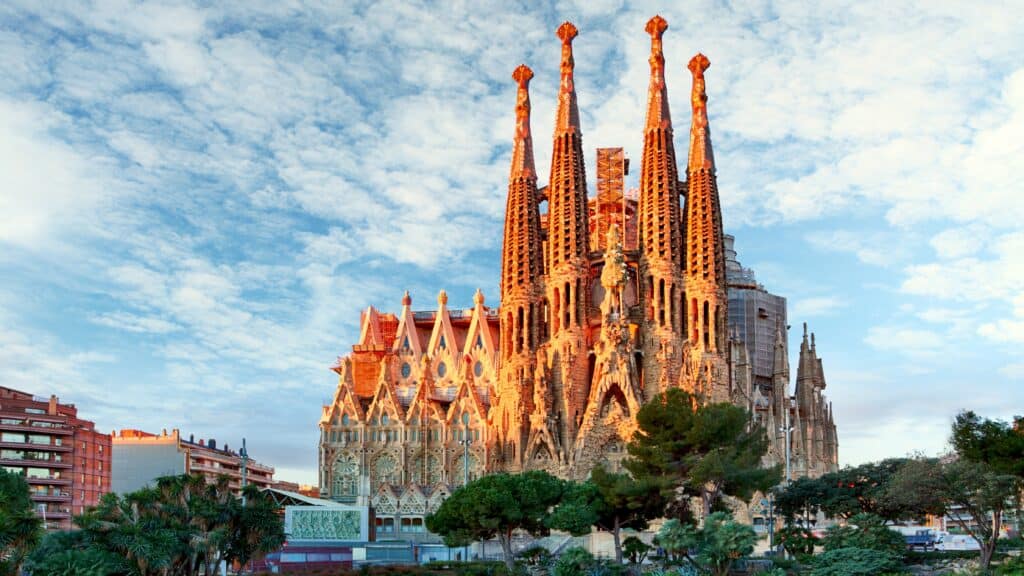
La Sagrada Familia in Barcelona is a towering basilica that has been under construction since the late 1800s and remains unfinished. Designed by famed architect Antoni Gaudí, the basilica mimics nature through its unique use of tree-like columns and curving lines. The interior resembles a forest, with light filtering through stained glass windows that create a dazzling display of color. What makes it unusual is Gaudí’s vision to avoid straight lines, a feature rarely seen in such large structures. The blending of Gothic and Art Nouveau styles sets this basilica apart, symbolizing both nature and spirituality. When completed, La Sagrada Familia is set to become the tallest religious structure in Europe.
Kipinas Monastery, Greece
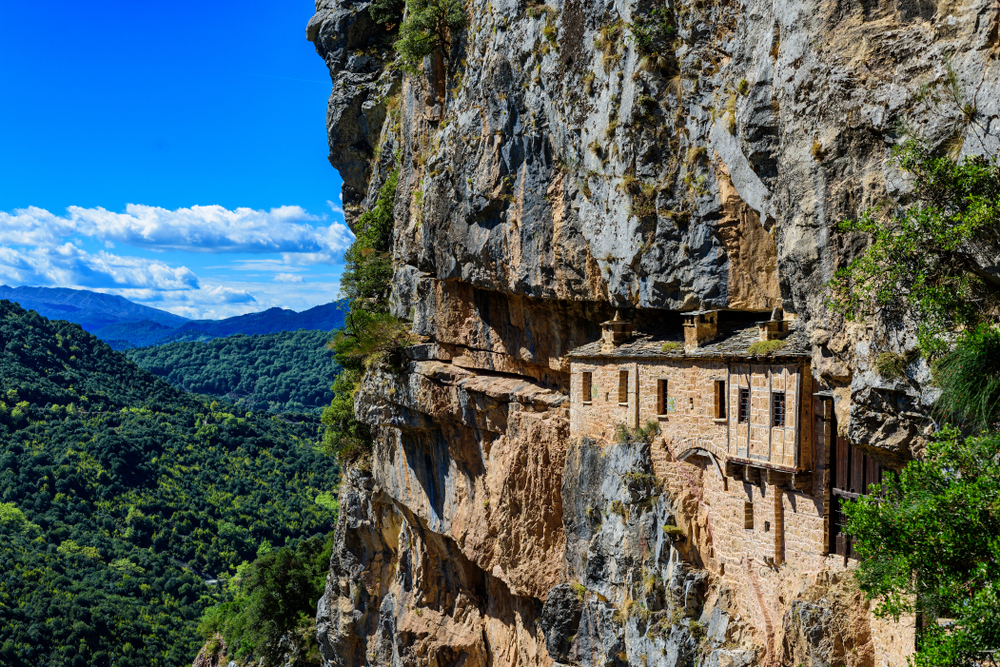
Perched on a cliffside in northern Greece, Kipinas Monastery is an extraordinary feat of medieval architecture. Carved into the vertical rock face, it is almost invisible until you are right in front of it. The monks who built this sanctuary in the 13th century utilized its natural surroundings as protection from invaders. A narrow, precarious path leads to the monastery, which includes a hidden cave extending deep into the mountain, once used as a refuge. The surrounding area offers breathtaking views, adding to the serene atmosphere that attracts both pilgrims and adventurous tourists.
The Atomium, Brussels, Belgium
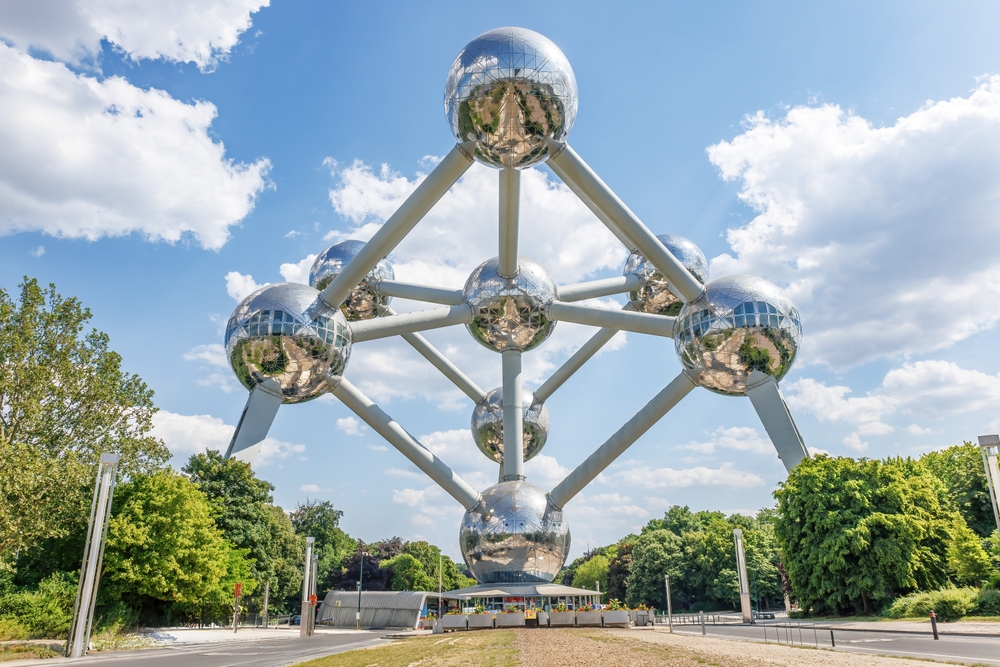
The Atomium in Brussels is one of the most striking examples of mid-century modern architecture. Originally constructed for the 1958 Brussels World Expo, this unique structure represents an iron crystal magnified 165 billion times. Composed of nine interconnected spheres, it stands 102 meters tall and offers panoramic views of Brussels. Visitors can explore the inside of the spheres, which house exhibitions that focus on science, technology, and design. The reflective aluminum panels covering the spheres make the structure shimmer, changing its appearance based on the weather and time of day.
Chand Baori, India
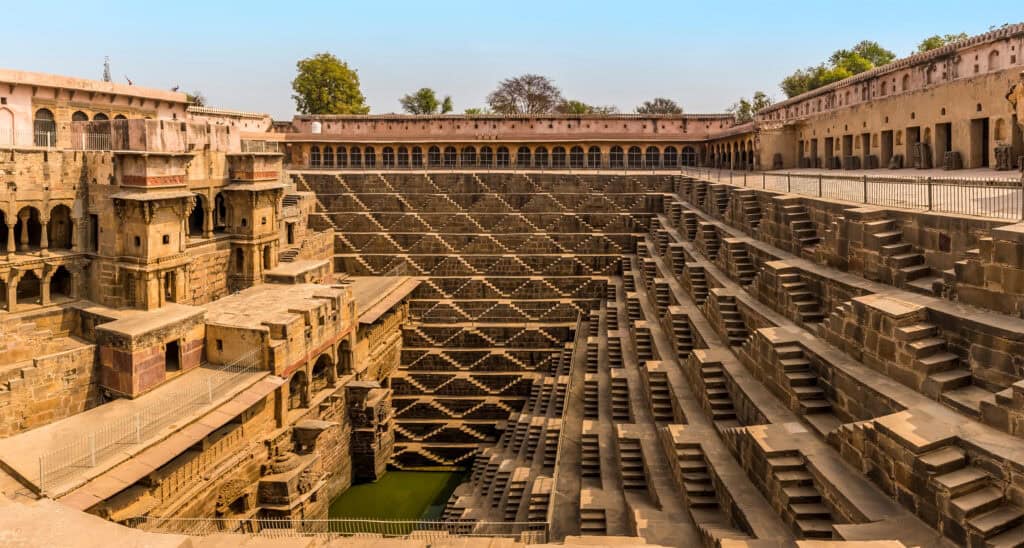
Located in Rajasthan, Chand Baori is one of the deepest and oldest stepwells in India, dating back to the 8th century. It is renowned for its intricate, symmetrical design, with over 3,500 narrow steps descending 13 stories into the earth. The well was not only a source of water but also a place where locals could escape the desert heat. Its geometric precision and visual complexity make it an architectural marvel. The addition of a palace on one side of the stepwell only enhances its grandeur. Despite its age, it remains incredibly well-preserved, showcasing the engineering prowess of ancient Indian architects.
Leptis Magna, Libya
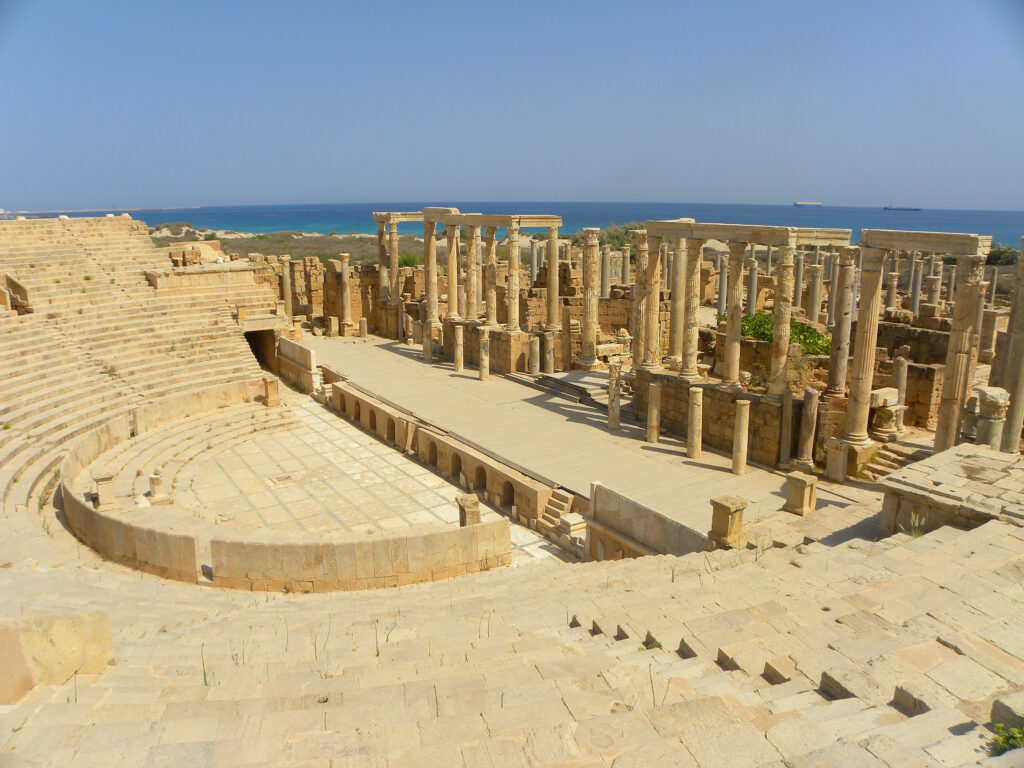
Leptis Magna in Libya is one of the best-preserved Roman cities in the Mediterranean, yet it remains relatively unknown. Located near Tripoli, this vast archaeological site includes temples, forums, and an immense amphitheater, all lined with grand columns. Founded in the 7th century BC by the Phoenicians, the city reached its peak under Emperor Septimius Severus. Its blend of Roman and Carthaginian architecture makes it a unique site for historians and tourists alike. The city’s almost untouched condition, coupled with its remote location, gives visitors the feeling of stepping back in time.
The Dancing House, Prague, Czech Republic
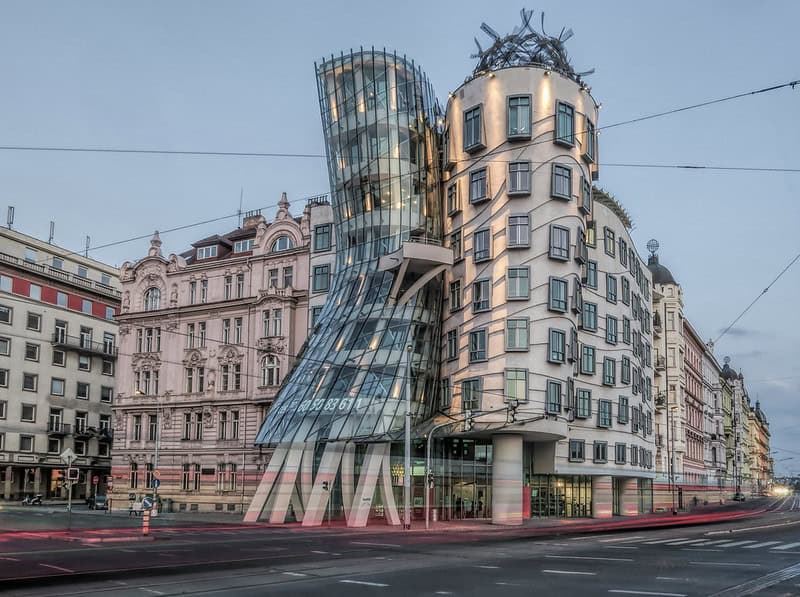
The Dancing House in Prague is an extraordinary example of deconstructivist architecture. Designed by Frank Gehry and Vlado Milunić, the building’s flowing, dynamic form is meant to evoke the image of two dancers. This stark contrast to the surrounding classical buildings makes it a standout in Prague’s skyline. Opened in 1996, it is sometimes referred to as “Fred and Ginger,” after the famous dance duo Fred Astaire and Ginger Rogers. The unconventional design stirred controversy when first proposed, but it has since become one of Prague’s most beloved landmarks. Inside, the building houses offices, a restaurant, and an art gallery, making it a multi-functional space.
Badab-e Surt, Iran
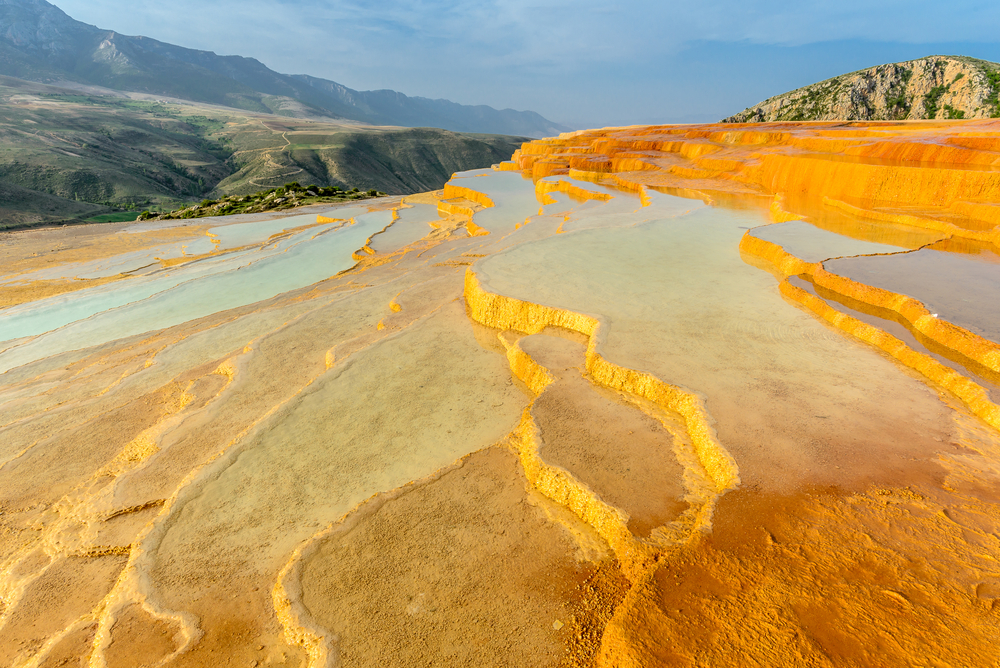
Badab-e Surt, a series of terraced pools in northern Iran, is one of the most surreal natural formations in the world. Formed over thousands of years by mineral deposits from two hot springs, the terraces change color depending on the angle of the sun. The vivid hues range from blue and green to orange and red, creating an almost otherworldly appearance. Despite its beauty, Badab-e Surt remains relatively undiscovered by tourists, adding to its mystique. The pools’ reflective surfaces offer stunning photo opportunities, especially at sunset when the colors are at their most vibrant.
Holy Trinity Monastery, Meteora, Greece
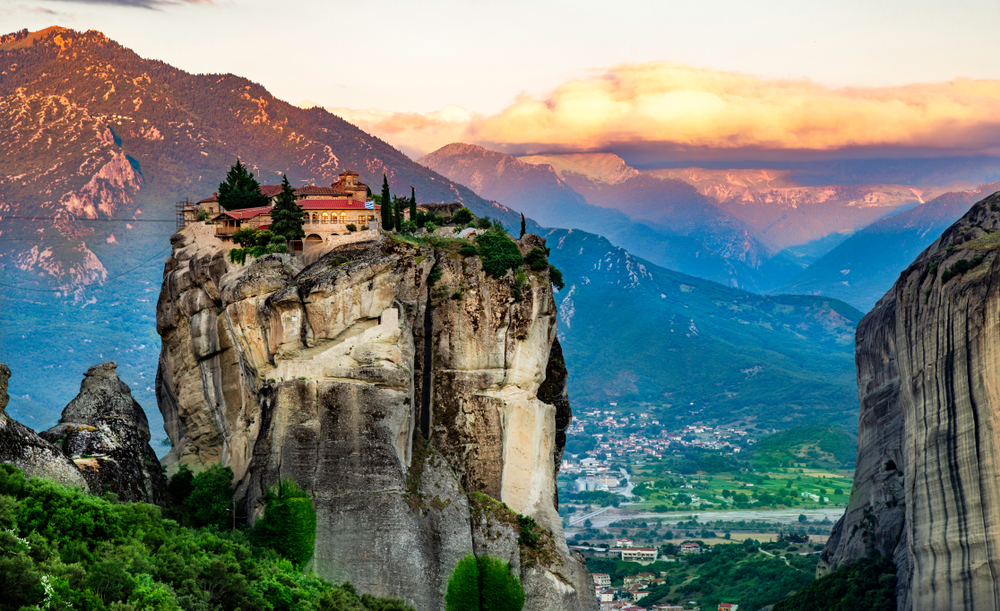
The Holy Trinity Monastery is one of the six active monasteries perched atop the dramatic cliffs of Meteora in central Greece. Built in the 14th century, this architectural wonder seems to float above the landscape, accessible only by a long, steep staircase. The monks who live here continue to follow ancient traditions, making this not just a tourist attraction but a living religious site. The views from the monastery are breathtaking, offering a panoramic vista of the surrounding valley and distant mountains. Its remote location provided safety from invaders, and today it remains a symbol of spiritual resilience.
Casa Batlló, Barcelona, Spain
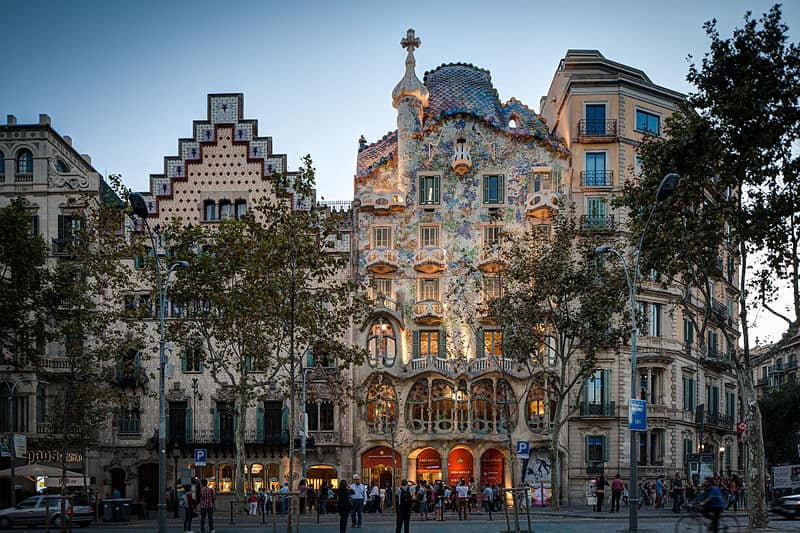
Casa Batlló is another masterpiece by Antoni Gaudí, located in the heart of Barcelona. The building’s façade is covered in a mosaic of broken ceramic tiles, creating a shimmering, scaled appearance that has earned it the nickname “House of Bones.” Its balconies resemble skeletal structures, and the roof is shaped like the back of a dragon, a recurring theme in Gaudí’s work. Inside, the organic forms continue, with undulating walls and stained glass windows that fill the space with natural light. Casa Batlló is an exemplary representation of Catalan Modernism, pushing the boundaries of architectural design.
Petra, Jordan
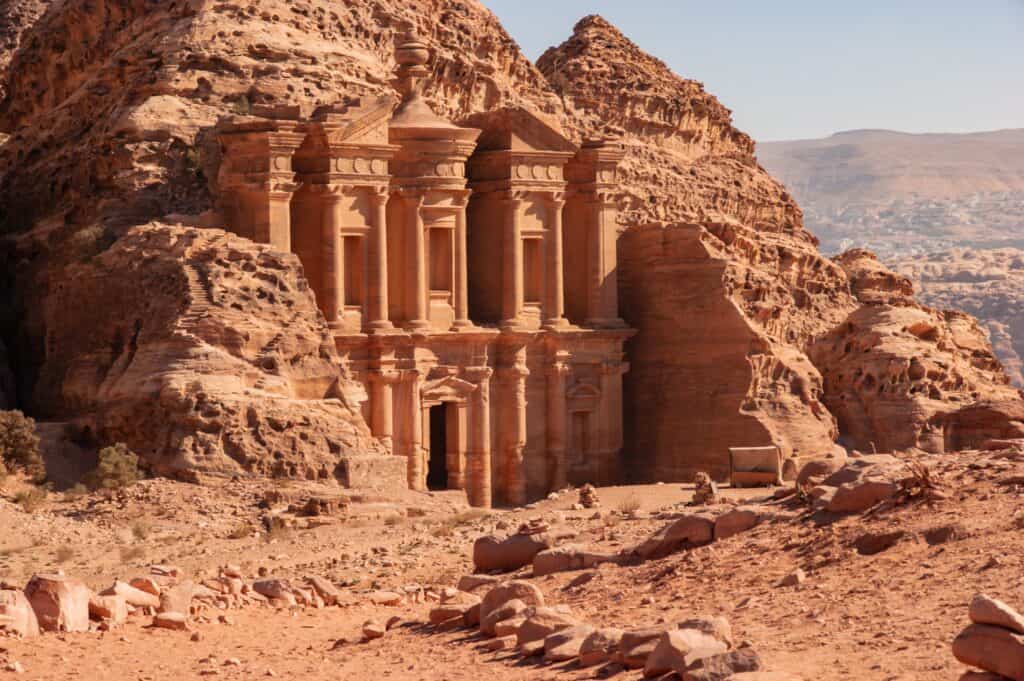
Petra, an ancient city carved into the rose-red cliffs of southern Jordan, is one of the most iconic archaeological sites in the world. Known as the “Lost City,” it was once the capital of the Nabataean Kingdom and thrived as a trading hub. Its most famous structure, Al Khazneh (The Treasury), is a breathtaking example of rock-cut architecture, with its intricate facade standing tall against the canyon walls. Visitors can explore the vast network of tombs, temples, and monuments, all carved directly into the sandstone. The site’s remote location adds to its allure, as it was hidden from the Western world for centuries.
The Marble Caves, Chile
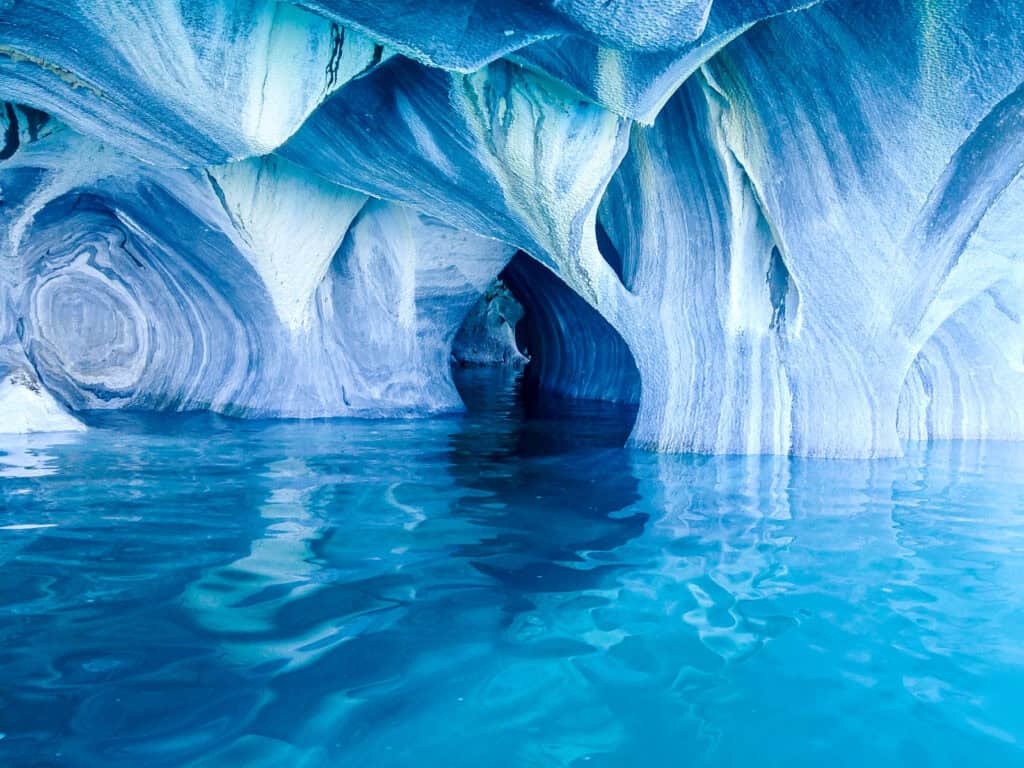
Tucked away in Patagonia, the Marble Caves are a hidden gem on the General Carrera Lake in Chile. These natural formations have been sculpted by the relentless forces of wind and water over thousands of years, resulting in smooth, swirling marble walls that shimmer in hues of blue, white, and gray. Accessible only by boat or kayak, the caves offer a surreal experience, with their reflective surfaces mirroring the azure lake waters. The most iconic features, the Marble Cathedral and Marble Chapel, provide an almost otherworldly atmosphere, especially when sunlight streams through, illuminating the walls with dazzling colors. The caves’ accessibility varies depending on weather conditions, which only adds to their mystique.
The Basket Building, Ohio, USA
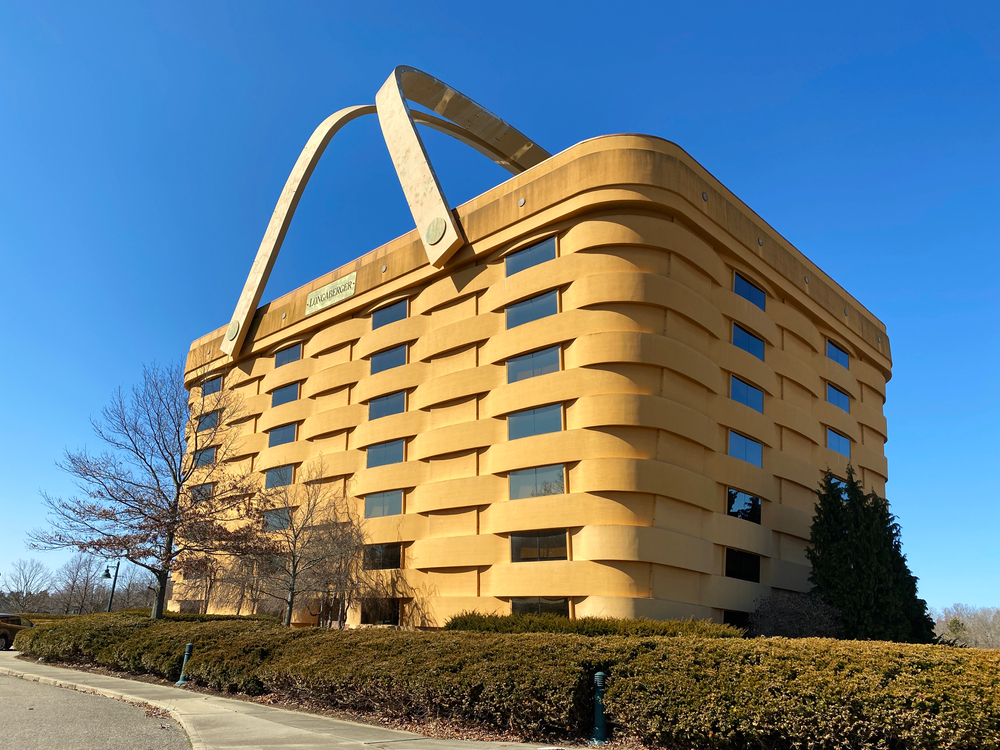
Located in Newark, Ohio, the Basket Building is an architectural oddity that looks exactly like a giant picnic basket. This seven-story structure served as the headquarters for the Longaberger Company, famous for making handcrafted baskets. Completed in 1997, the building’s design faithfully mimics every detail of a traditional wooden basket, including massive handles that weigh 150 tons. The unusual concept for an office building was the brainchild of the company’s founder, who wanted to promote the brand in an unforgettable way. Despite the company’s struggles, the building remains a testament to imaginative architecture and marketing.
Derawar Fort, Pakistan
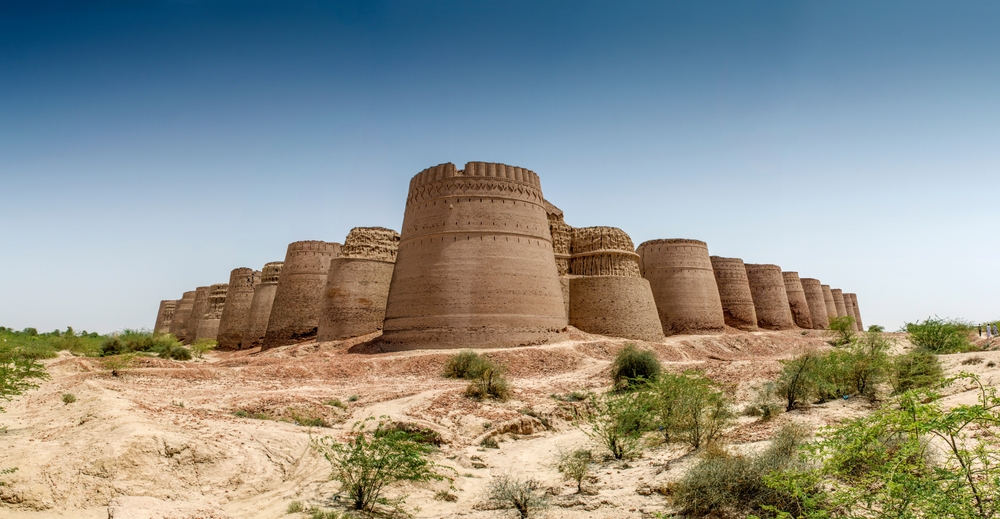
Tucked away in the Cholistan Desert, Derawar Fort is an imposing structure with 40 massive bastions visible from miles around. Built in the 9th century by a Rajput ruler, the fort stands out due to its sheer size and location, rising 30 meters above the desert floor. Its thick walls stretch over a 1,500-meter circumference, giving it the appearance of a desert fortress meant to fend off invaders. The fort is largely unknown to international travelers, contributing to its mystique and making it a hidden treasure. Its isolated location makes it hard to access, but visitors are rewarded with a hauntingly beautiful experience of an ancient fort frozen in time. Inside, the fort’s mosque is an architectural gem, modeled after the famous Red Mosque of Delhi. Despite being in a remote region, the fort has played a significant role in the history of the area, once serving as a key stronghold for the Bahawalpur state.
This article originally appeared on Rarest.org.
More from Rarest.org
21 Magnificent Mammals with Unique Fur Patterns

Nature’s creativity shines through the stunning fur patterns of certain mammals, making them stand out in their habitats. From stripes to spots, these unique designs help with camouflage, identity, and even temperature regulation. Read More.
10 Unexpected Items That Skyrocketed in Value Over Time

Some items start out as ordinary purchases but unexpectedly gain immense value over time. Whether due to nostalgia, cultural significance, or scarcity, these once-common objects have become prized treasures in collectors’ markets. Read More.
14 Unique Insects with Surprising Abilities

Insects are some of the most fascinating creatures on Earth, and many possess incredible abilities that go beyond what we might expect. From ingenious defense mechanisms to remarkable hunting skills, these small but mighty creatures have adapted in extraordinary ways to survive and thrive. Read More.
